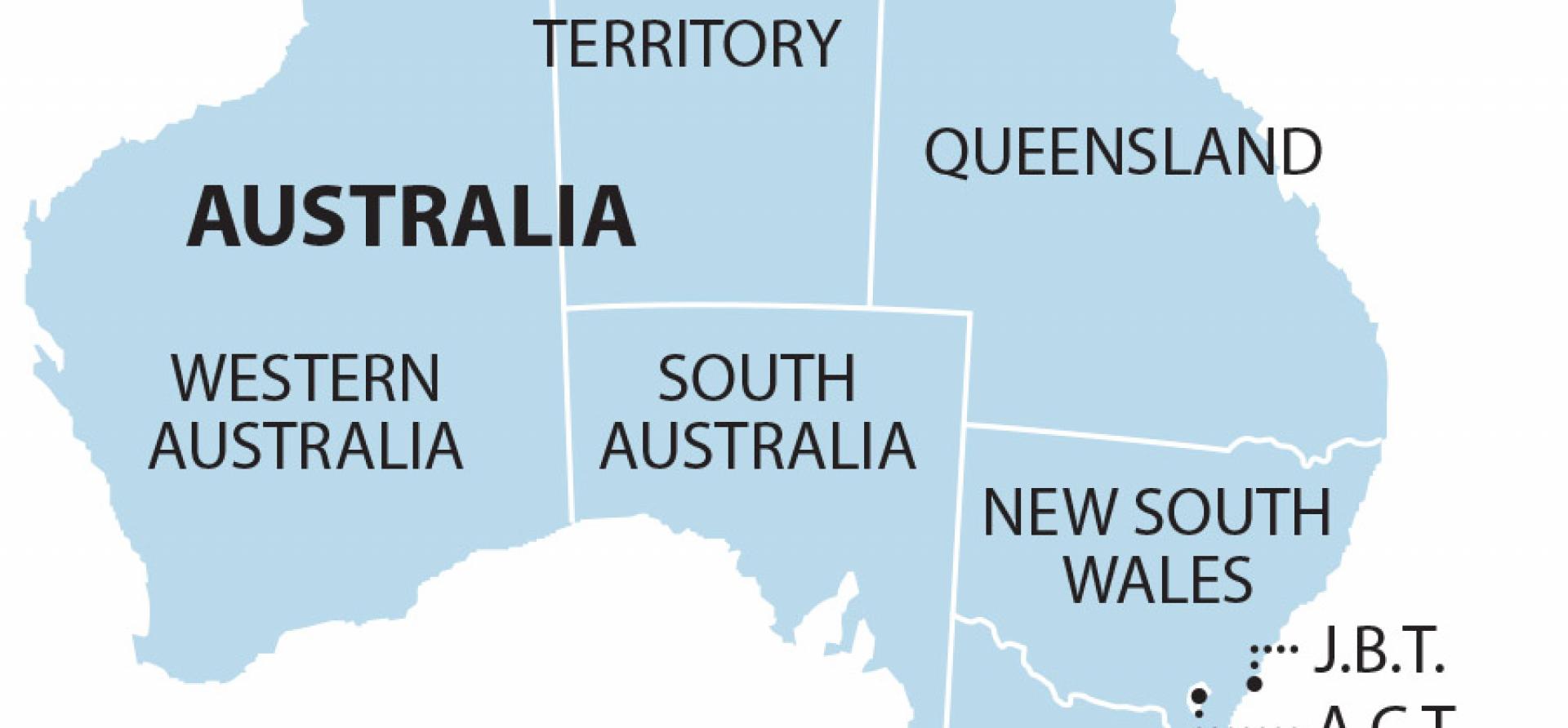IEEFA update: A loss for the Australian gas consumer and a win for Santos

Gas is back on the national agenda.
A deal between the Prime Minister and NSW Premier asks the state to “target” production of “an additional 70 petajoules” of gas a year in return for $960 million in federal grants or loans – to be matched by $1.01 billion in funding from the NSW government – to upgrade interstate power transmission capacity. This will enable renewable energy investment.
Why is government subsidising gas?
Investing in renewables and the grid is good, but why is government subsidising gas?
Santos has been seeking the right to extract coal seam gas from a site near Narrabri in Western NSW. The project is slated to produce – coincidentally? – 70 petajoules of gas a year.
In announcing the deal, Scott Morrison claimed Narrabri’s gas was “critical” to increasing Australia’s energy supply, and that we needed the gas to lower domestic power prices and reduce emissions.
None of this will occur.
GAS IS NO LONGER A TRANSITION FUEL FOR AUSTRALIA. Australia’s power system has leapfrogged gas. Our energy sector is slowly transforming from one dominated by expensive, obsolete coal-fired power to one increasingly reliant on deflationary, clean, renewable energy.
Fugitive emissions can exceed 3 per cent
In just five years, renewables have almost doubled from 13.5 per cent of power generation to 22.6 per cent today. Over the same period, gas demand has fallen by 41 per cent. Put simply, renewables have increased their share of power produced, while gas has seriously lost its base.
Launching the deal with Premier Gladys Berejiklian, the Prime Minister said: “There is no credible plan to lower emissions and keep electricity prices down that does not involve the greater use of gas as an important transition fuel.”
His own energy planners disagree. The Australian Energy Market Operator has planned a number of future scenarios in its recently released Integrated System Plan. Its central scenario with no policy change occurring has renewables capturing 76 per cent of the grid by 2042. According to AEMO, with this renewables-dominated grid, gas generation falls.
And that is good news for Australia’s greenhouse gas emissions. As gas moves from the wells to customers, fugitive emissions can exceed 3 per cent. At that rate, it is as bad as coal in increasing emissions. This occurs quite regularly.
The benefits of gas over coal, once the full life cycle of emissions are accounted for, appear at best marginal.
While the use of gas for gas-fired electricity generation has faced steep declines, and its future is uncertain without government subsidies, Australia still needs affordable gas for industry while ever-cheaper renewables pick up pace. The question is, can coal seam gas from Narrabri provide this for the citizens of NSW?
The Prime Minister said we must get the gas out from under our feet to lower domestic gas prices. Once again, he is wrong. More gas will not lower prices.
A GLOBAL GAS SUPPLY GLUT HAS CAUSED GAS PRICES TO BOTTOM OUT. LNG prices in Asia are at 10-year lows. And yet prices in Australia remain stubbornly high. The Australian Competition and Consumer Commission has done a substantial body of work since 2017 showing that, for long periods, Australian consumers pay more for gas than our Asian export customers.
Fracking Narrabri gas would lead to a very expensive product
The Prime Minister’s solution is to produce more gas. This solution has failed in the past. Since 2014, gas production has tripled on the east coast of Australia. Prices have also tripled. More gas production will not solve the price problem.
Furthermore, the impact of the coronavirus on the Chinese economy has led some commentators to speculate that Chinese LNG customers may declare force majeure on contracted gas and refuse to take cargoes, reflecting China’s refusal of Australia’s thermal coal imports in the latter half of 2019.
Fracking Narrabri gas, in any case, would lead to a very expensive product. On a global scale it is wholly uneconomic. With a cost of $7.40 per gigajoule at the well-head, according to the AEMO, the production cost is higher than current spot prices in Australia, which are already higher than prices for LNG in Asia.
Producing high-cost gas from Narrabri simply cannot bring down the cost of gas for domestic customers.
Further, high-cost gas fields such as Narrabri cannot compete on the global stage. By selling this gas to Australian consumers, gas producers can export their low-priced gas, filling company pockets with profits. The Australian consumer is left effectively subsidising gas companies.
Developing coal seam gas at Narrabri is uneconomic, it does not bring down emissions, and it can’t provide us with cheap gas. Conversely, renewable energy projects increasingly have large batteries attached to them, solving the energy storage dilemma. They are low-emitting and they are deflationary, meaning cheaper electricity for all.
What would the Prime Minister’s deal provide? A loss for the Australian gas consumer and a win for Santos.
This commentary first appeared in the Sydney Morning Herald.
Bruce Robertson is an LNG/gas analyst with the Institute for Energy Economics and Financial Analysis.
Related articles:
PM is locking Australians into high gas prices and a carbonised future















